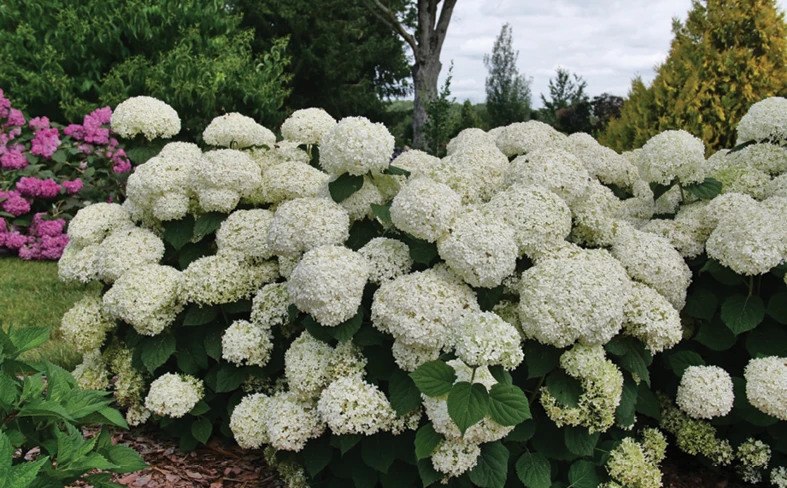

Mycorrhizal fungi can be a plant’s best friend, helping them access nutrients far beyond their reach and protecting them from harmful conditions. By strengthening a plant’s root system, the fungi increase the ability to actively transport and transfer macronutrients, micronutrients and water directly to the plant’s root system.
There are many kinds of mycorrhizal fungi, but endomycorrhizal fungi have evolved a symbiotic relationship with about 85% of the world’s plants, facilitating the exchange of nutrients between the host plant and the soil. The relationship is known as mutualistic symbiosis. It starts when the mycelia stretch through the soil and approach the plant root, says Stephanie Garcia, product strategy development specialist at Mycorrhizal Applications.
“It has always been kind of understood that the plant drives the symbiosis, although there are some biochemists exploring the initiation of the symbiosis and they believe it’s a lot more complex than that. But there’s a lot of signaling that occurs,” Garcia says.
If the plant is open to the symbiotic relationship, it will allow the mycelium not only into the root but in between the cells (hence the name endomycorrhizal from the Latin endo, meaning within).
Improved efficiency
What’s unique about these fungi are the structures they create inside the root. The hyphae penetrate into the root and embed within the cell, creating structures called arbuscules.
“Depending on the level of colonization, this is occurring in multiple cells at a time and these arbuscules are the site of nutrient exchange,” Garcia says. “These arbuscules are not only delivering nutrients for the plant to utilize, but they’re also gaining nutrients for the fungus to survive.”
So, while the fungi are using the plant host for photosynthetic carbon, the plant is deriving nutrients from the fungus that would otherwise be far outside its nutrient depletion zone. Because the mycelium are able to extend so much farther than the plant’s roots alone, they also help the plant obtain more water.
“If your plant is able to access more nutrients and more water, right away it’s going to be a healthier plant,” Garcia says.
Beyond the increased nutrient uptake zone, mycorrhizal fungi are very good at solubilizing insoluble nutrients, particularly phosphates. They can also help in the conversion of insoluble nitrogen to bioavailable forms.
Plant protection
Mycorrhizal fungi are also helpful to plants dealing with salinity issues. In one study from Mycorrhizal Applications, researchers found that plants treated with mycorrhizal fungi maintained green leaves where others suffered from chlorosis and eventually necrosis due to high stress and high salinity conditions.
“We’ve seen mycorrhizal fungi mitigate the uptake of those salts and balance some of that more toxic ion uptake, like with sodium,” Garcia says, adding that there is also some evidence that the fungi can even hold heavy metals in the hyphae and stop them from being delivered to the plant. “It’s like they know that the plant doesn’t need it and that the plant is going to hurt if it gets inside.”
For more: www.mycorrhizae.com
Get curated news on YOUR industry.
Enter your email to receive our newsletters.
Explore the April 2021 Issue
Check out more from this issue and find your next story to read.






